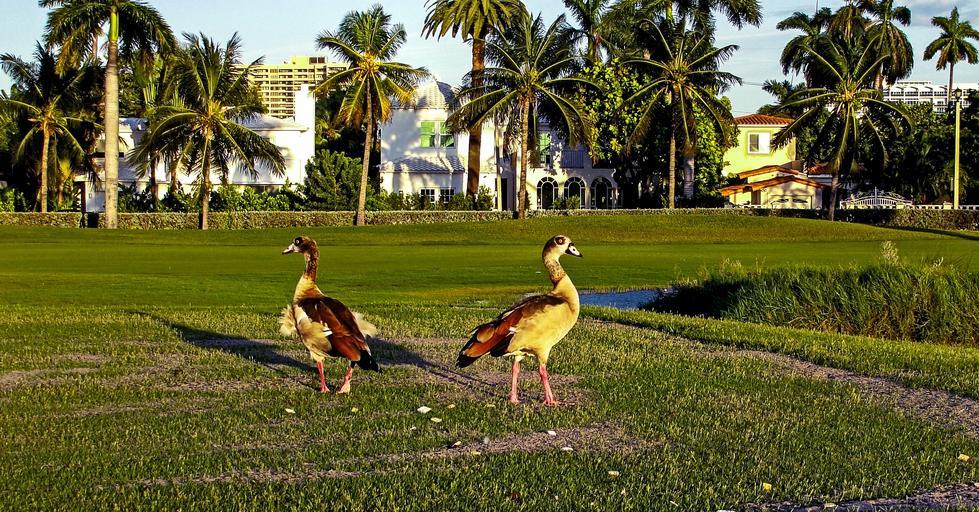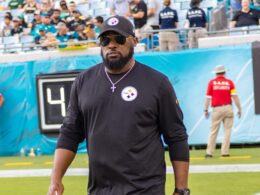Have you ever stopped to wonder about the names of some of golf’s most notable terms like birdie, eagle, and albatross? In fairness, you could question the origins of lots of words in the English language, but golf’s association with various types of birds is certainly a mystery worth exploring.
Sometime during the late 19th and early 20th century, the term “bird” was used to refer to anything the people at the time deemed cool. Such was apparently the trendy lingo back then. So when a golfer had a shot worth talking about, it would be called a bird, which eventually morphed into birdie, referring to a score of 1-under par.
The first known use of the word “birdie” on the golf course occurred back in 1903 at the Atlantic City Country Club. Abner Smith was one of the term’s founding members, and he recalls the moment as such in Harry B. Martin’s Fifty Years of American Golf.
“My ball … came to rest within six inches of the cup. I said ‘That was a bird of a shot … I suggest that when one of us plays a hole in one under par he receives double compensation.’ The other two agreed and we began right away, just as soon as the next one came, to call it a ‘birdie.’ ”
And thus, the term “birdie” was born and quickly became common golf vernacular in the following years. If you happen to take a trip to the Atlantic City Country Club, you can even find a plaque that commemorates and validates the moment in history.
The origin of the term “eagle,” which is code for 2-under par, is a bit harder to pinpoint. There are no known specifics of the moment, just that it came after the creation and implementation of the word “birdie.” Brent Kalley explains the avian progression best in a piece he wrote for liveabout.com.
“Eagle was just a natural extension of the avian theme of birdie,” Kalley wrote. “What’s better than 1-under? Two-under. What’s bigger, grander, more majestic than a little birdie? An eagle.”

“Albatross” then eventually came to be known as 3-under par, with the first known use coming in 1929 according to ScottishGolfHistory.org. While most golfers in the United States opt for the phrase “double eagle” when referring to the accomplishment, the majority of golfers around the world do, in fact, use the word “albatross.”
“Growing up, it was always an ‘albatross,’” said Australian golfer John Senden. “I never knew it was anything different until I was maybe 15.”
In regards to why the lesser-known albatross bird was picked to represent one of the rarest shots in golf instead of maybe more notable birds like parrots or owls, U.S. Open winner Geoff Ogilvy has a simple explanation that actually makes a lot of sense.
“It (an albatross bird) is grand, which is what describes the shot.”
Photo Credit: Google Creative Common Licenses




